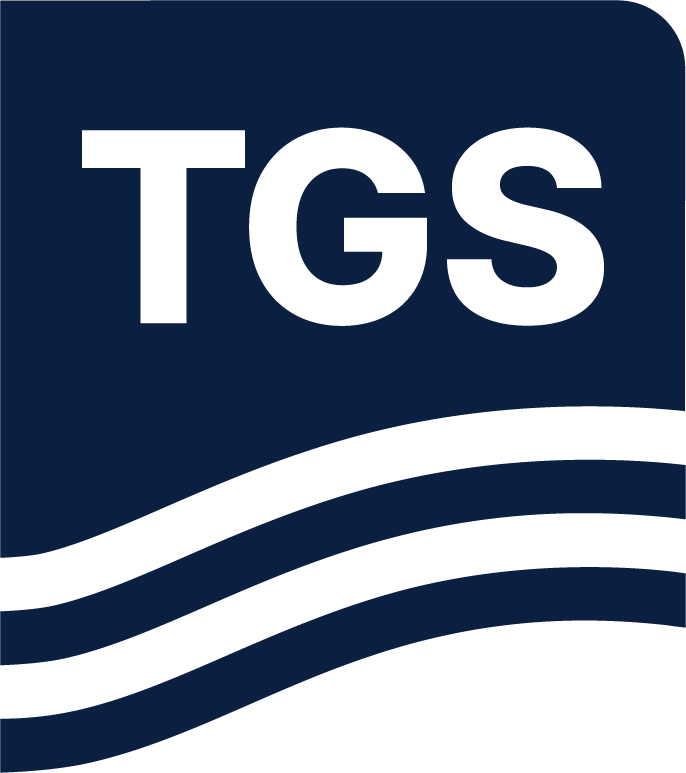Among other advantages, multicomponent seismic data acquired at the sea floor facilitate the separation of up- and downgoing wavefields. These separated components can then be used to reveal an estimation of subsurface reflectivity. The most used methods are up/down deconvolution, which uses the relationship between up- and downgoing signals, and down/down deconvolution, which uses the down going wavefield alone. In this paper the authors introduce a third alternative approach, which exploits the relationship between successive data terms in the upgoing wavefield.
Technical Library

